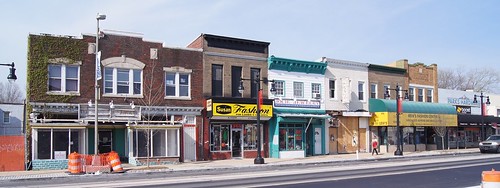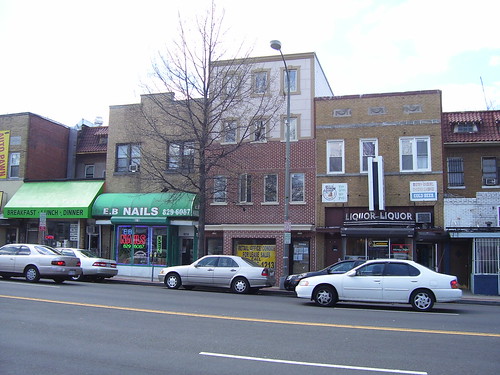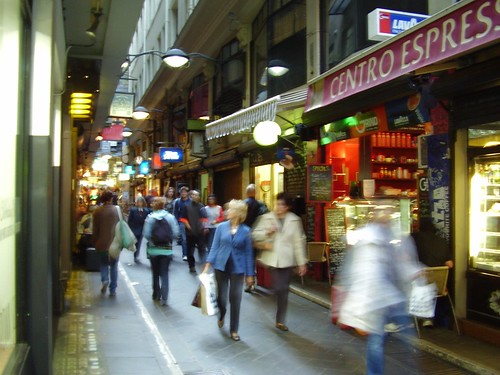The future of mixed use development/urbanization: Part 2, Incremental intensification and planned densification
As mentioned, the first session on Saturday at the Makeover Montgomery conference was about financing mixed use development. All three presentations were quite good.
This blog entry will be much shorter than the previous one, even though the concepts in Daniel Slone's presentation on "Planned Densification: Issues of Planning, Building and Harvesting Value of Anticipated Densities" were, while not necessarily "pathbreaking," because they are based on historical development practices, are definitely worth deeper and repeated consideration.
His argument is that:
1. Places became more intensely developed over time. Small properties got added on to, houses had rooms converted for commercial use, etc., over time.
In DC, if you look closely, we have plenty examples of what he is talking about, mostly in how many traditional commercial districts are converted rowhouses, such as on H Street NE.

Flickr photo of the north side of the 900 block of H Street NE by Tedeytan.
2. We need to build that capability into new developments, suburban communities, sprawl repair, etc., because what people want in the end in terms of commercial districts is very difficult to achieve at the outset because (a.) the market isn't there to support this type of development in terms of desired retail activity; and (b.) it's almost impossible to finance. (This is another issue that needs to be addressed, but isn't the subject of this post.)
One of the things Dan talked about, and again, this is more about new communities, is starting simple, with vendor booths, temporary buildings, trailers, etc. Moving buildings, reusing them, as you generate the market activity to support the creation of more permanent, and bigger structures, etc.
This is about strategies for absorbing and utilizing available and underutilized spaces in a manner that isn't marginal (e.g. store front churches in what was once commercial space). Among other initiatives, that's what "temporary urbanism" programs are about.
Labels: commercial district revitalization planning, mixed use development, retail planning, urban design/placemaking





0 Comments:
Post a Comment
<< Home